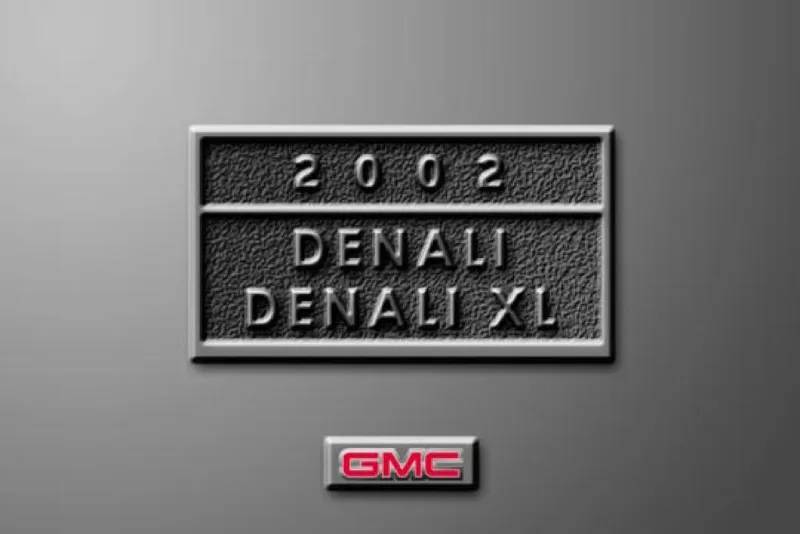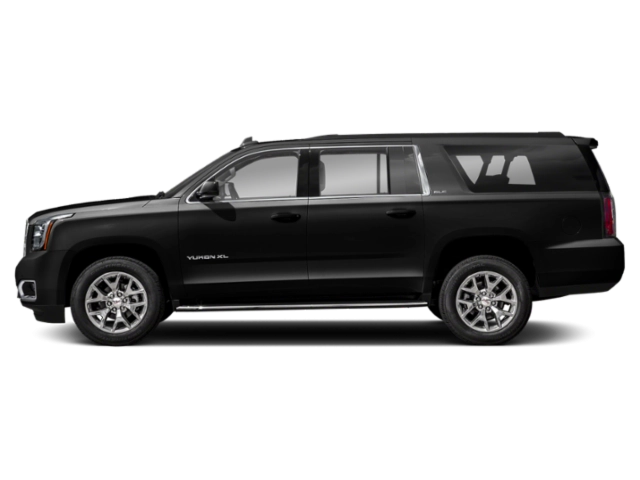2002 GMC Yukon XL Owner's Manual

Table of Contents
2002 GMC Yukon XL Overview
Introduction
The 2002 GMC Yukon XL is a full-sized SUV that masterfully combines spaciousness, rugged performance, and luxurious features. Designed to cater to families and adventurers alike, the Yukon XL offers an expansive interior, vast cargo space, and a comfortable ride, making it an excellent choice for those who prioritize both utility and comfort. With its striking exterior and robust engineering, the 2002 model year stands as a hallmark of GMC’s commitment to quality and performance in the SUV market.
Powertrains
The 2002 Yukon XL comes equipped with a choice of two robust powertrains, allowing drivers to select the level of performance and efficiency that suits their needs. The base model features a 5.3-liter V8 engine, delivering 285 horsepower and a respectable torque output, ideal for both daily driving and towing capabilities. For those seeking enhanced performance, the optional 6.0-liter V8 produces an impressive 320 horsepower, providing a stronger towing capacity and exhilarating acceleration. Both powertrains are paired with a smooth-flowing four-speed automatic transmission that ensures a seamless driving experience.
Trims
Features
Owner's Manual
The owner's manual for the 2002 GMC Yukon XL serves as an essential guide for maintaining and optimizing the vehicle's performance. It includes comprehensive instructions about vehicle operation, maintenance schedules, troubleshooting tips, and advice for safe towing practices. This invaluable resource ensures that owners can enjoy their Yukon XL to the fullest while keeping it in top condition for years to come.
User manual download
The GMC Yukon XL owner manual for the 2002 model year is to be found in PDF downloadable format on this page. The owner manual for the model year 2002 is free and in English, but the repair manuals are usually not easy to get and may cost more.
Manual Questions
Fill the form below and someone will help you!

